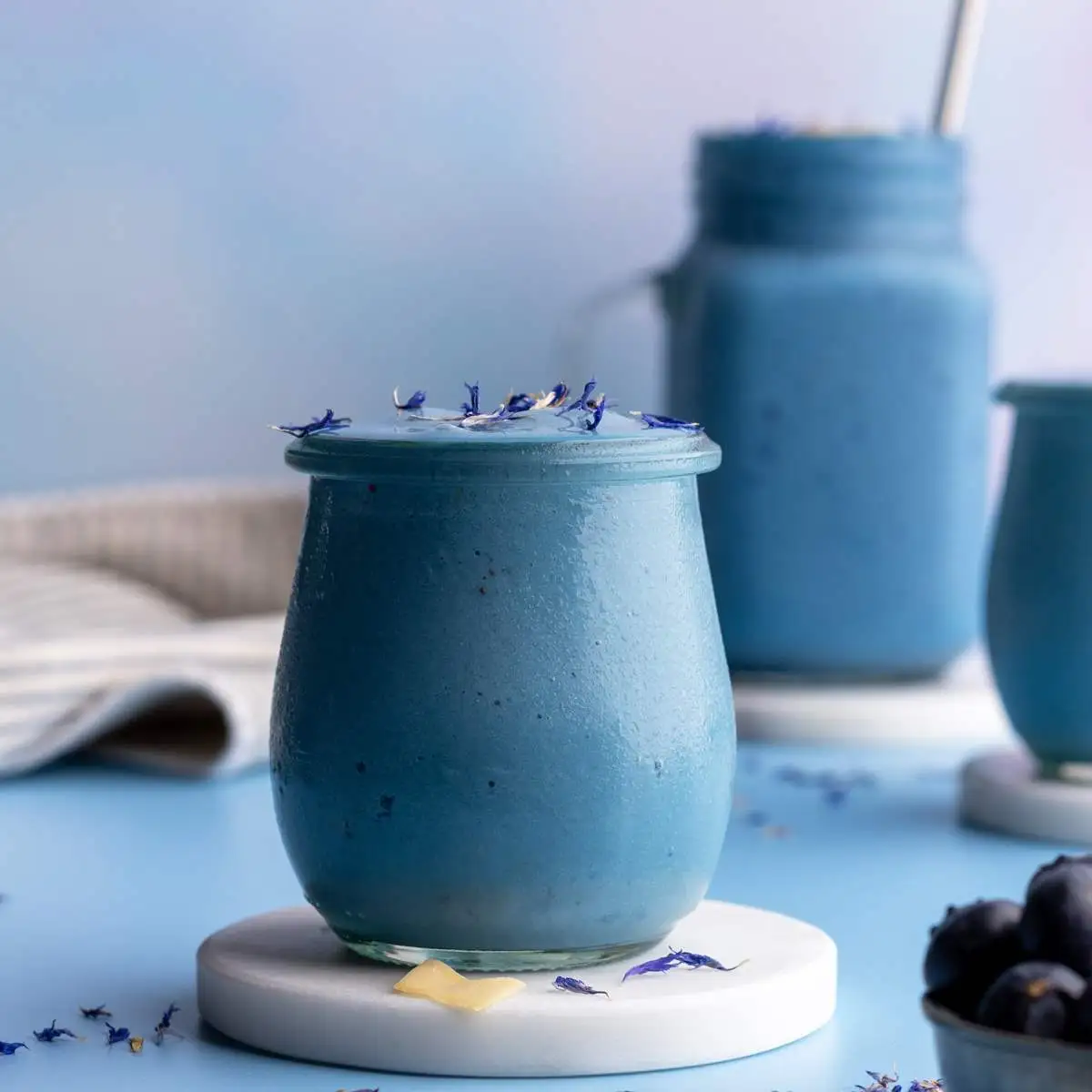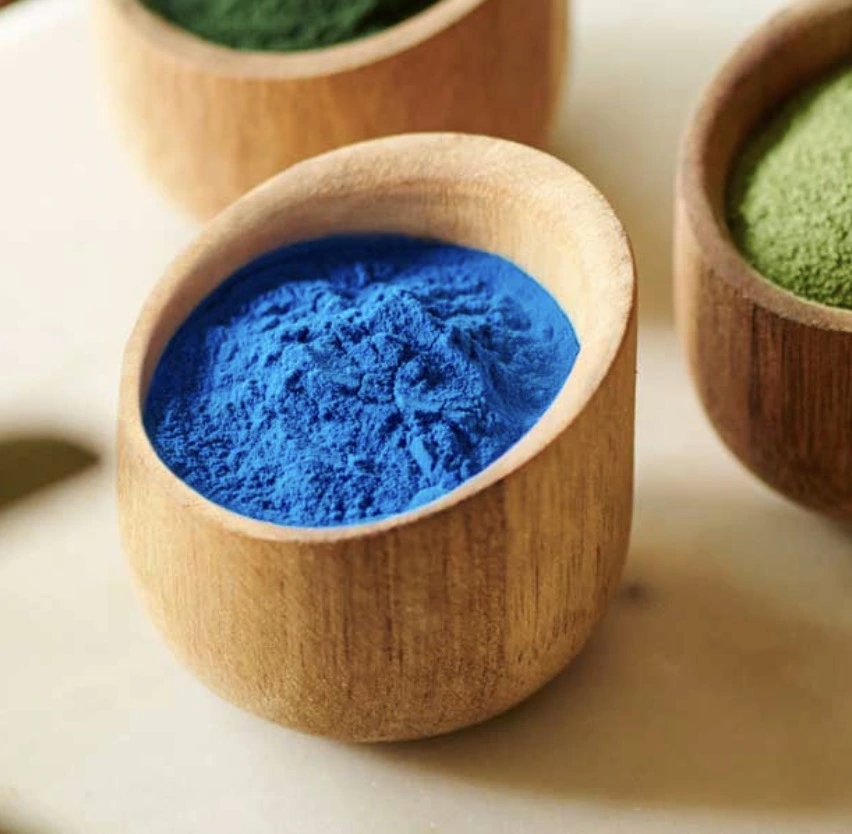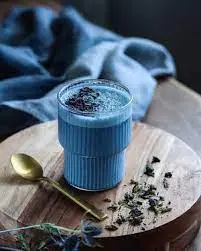Does cacao butter have astaxanthin?
As health-conscious consumers, we're always on the lookout for nutrient-rich foods that can boost our well-being. Two popular ingredients that often come up in discussions about superfoods are cacao butter and astaxanthin. But do these two powerhouses ever intersect? Let's dive deep into the world of cacao butter and astaxanthin to uncover the truth.
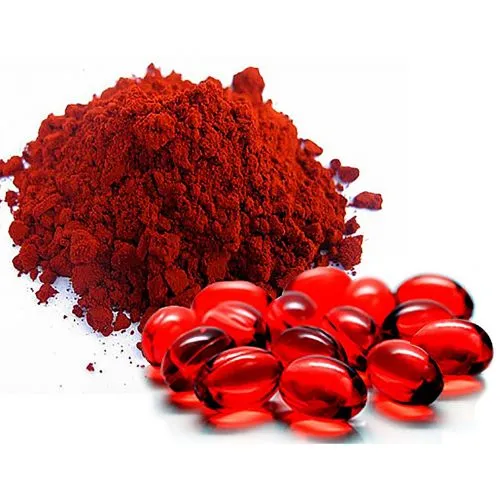
Astaxanthin vs Cacao: What's the Nutritional Gap?
Before we address whether cacao butter contains astaxanthin, it's crucial to understand the nutritional profiles of both substances. This comparison will help us appreciate their unique benefits and identify any potential overlap.
The Nutritional Profile of Cacao Butter
Cacao butter, derived from cacao beans, is primarily composed of fatty acids. It's rich in saturated fats, particularly stearic acid and palmitic acid. While it doesn't contain significant amounts of vitamins or minerals, cacao butter is prized for its smooth texture and mild chocolate flavor. It's commonly used in cosmetics and as a key ingredient in chocolate production.
The Nutritional Powerhouse: Astaxanthin
Astaxanthin, on the other hand, is a potent antioxidant belonging to the carotenoid family. It's renowned for its vibrant red color and is found primarily in marine organisms like algae, salmon, and krill. Astaxanthin boasts an impressive array of health benefits, including supporting eye health, reducing inflammation, and potentially enhancing skin appearance.
Comparing the Two: Where They Diverge
When we juxtapose cacao butter and astaxanthin, it becomes apparent that they serve different purposes in the realm of nutrition. Cacao butter is valued for its fat content and culinary applications, while it is celebrated for its antioxidant properties. This fundamental difference sets the stage for understanding why these two substances are not typically found together in nature.
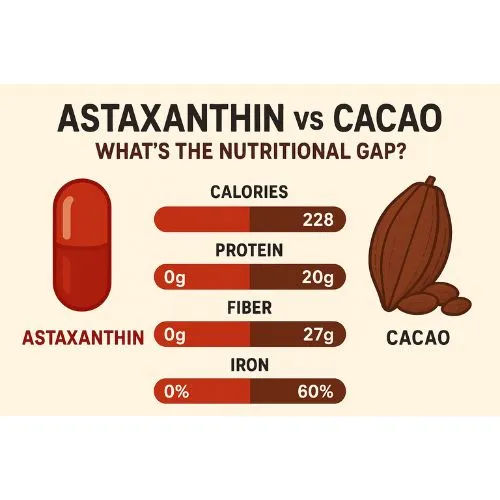
How to Source Foods Rich in Astaxanthin Naturally?
While cacao butter may not be a source of astaxanthin, there are numerous ways to incorporate this powerful antioxidant into your diet naturally. Let's explore some of the best food sources of astaxanthin powder and how you can make them a part of your regular meal plan.
Marine Sources of Astaxanthin
The ocean is teeming with astaxanthin-rich organisms. Wild-caught salmon, particularly sockeye salmon, is one of the best dietary sources of astaxanthin. Other fish like trout and red sea bream also contain significant amounts. Crustaceans such as shrimp, krill, and lobster are excellent sources as well, with the pigment concentrated in their shells and flesh.
Microalgae: The Original Astaxanthin Producers
At the base of the marine food chain, we find the true astaxanthin powerhouses: microalgae. Haematococcus pluvialis, a type of freshwater microalgae, is the most potent natural source of product. While not commonly consumed in its whole form, H. pluvialis is the primary source for astaxanthin supplements and is used to enhance the astaxanthin content in farm-raised fish.
Incorporating Astaxanthin-Rich Foods into Your Diet
To boost your astaxanthin intake, consider adding more wild-caught salmon to your meal rotation. Aim for 2-3 servings of fatty fish per week. If you're not a fan of fish, krill oil supplements can be an excellent alternative. For those following a plant-based diet, algae-based astaxanthin powder supplements are available. Remember, cooking methods can affect astaxanthin content, so opt for gentle cooking techniques like poaching or light grilling to preserve this valuable nutrient.
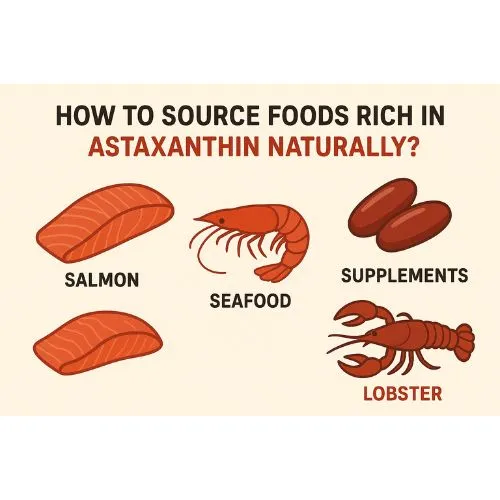
Why Astaxanthin Is Missing from Cacao Products?
Now that we've explored the sources of astaxanthin, it's time to address the elephant in the room: why isn't it found in cacao butter or other cacao products? The answer lies in the biology and ecology of these two distinct substances.
The Biological Origins of Astaxanthin
Astaxanthin is primarily produced by marine microorganisms as a protective mechanism against environmental stressors like UV radiation and oxidation. These microorganisms are then consumed by marine animals, allowing the product to move up the food chain. This marine-centric production and distribution explain why it is not naturally found in terrestrial plants like the cacao tree.
Cacao's Unique Antioxidant Profile
While cacao doesn't contain astaxanthin, it's far from being nutritionally deficient. Cacao is rich in its own set of antioxidants, primarily flavonoids like epicatechin and catechin. These compounds offer their own health benefits, including potential cardiovascular and cognitive improvements. The absence of product in cacao is simply a result of evolutionary divergence and ecological specialization.
The Potential for Fortification
Although cacao butter doesn't naturally contain astaxanthin, the food industry is always innovating. It's theoretically possible to create astaxanthin-fortified cacao products. However, such products would be the result of human intervention rather than a natural occurrence. As consumers become more interested in the benefits of product, we may see more creative combinations of these two superfoods in the future.
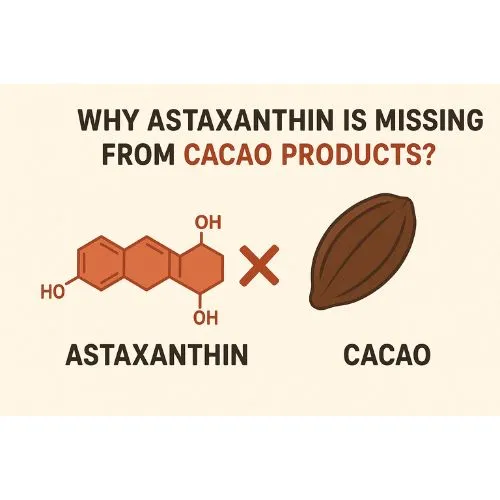
Conclusion
In conclusion, while cacao butter and astaxanthin are both celebrated for their unique properties, they don't naturally coexist. Cacao butter remains a delicious and versatile ingredient, prized for its smooth texture and subtle flavor. Astaxanthin, on the other hand, reigns supreme in the marine world, offering potent antioxidant benefits to those who seek it out through seafood or supplements.
For those looking to harness the power of both cacao and astaxanthin, the best approach is to diversify your diet. Enjoy dark chocolate for its rich flavor and potential heart health benefits, and incorporate wild-caught salmon or krill oil supplements to tap into the astaxanthin advantage.
If you're interested in exploring high-quality astaxanthin powder supplier or learning more about natural plant extracts, don't hesitate to contact us at info@yanggebiotech.com. At Yangge Biotech, we're committed to providing innovative, science-backed solutions to meet your health and wellness needs.
FAQ
Q: Can we get some samples to test before purchasing?
A: Of course, we can provide free samples of 20 to 100 grams, but the shipping cost is at the customer's expense. The shipping cost can be deducted from the next order, or the samples can be sent through your courier account.
Q: Do your products have relevant certifications?
A: Yes, our products are certified for HALAL, ISO, HACCP, Kosher, and other certifications.
Q: What is the minimum order quantity (MOQ)?
A: Small batches of samples can be customized according to your requirements.
Q: Do you offer OEM and ODM services? Can the formula be customized based on our own?
A: Of course, we provide ODM and OEM services to many customers. Our product range includes softgels, capsules, tablets, sachets, granules, and private label services. Simply contact us and let us know your requirements. Our experienced R&D team can also develop new products with specific formulas.
Please contact us to design your own branded products.
Q: How do you handle quality complaints?
A: First, we have a comprehensive quality control SOP. We provide authoritative third-party inspection reports for almost all products before shipment to minimize the possibility of quality issues. Second, we have a comprehensive return and exchange procedure. If there is a genuine quality dispute, we will strictly follow the SOP.
Q: How do you ship? How long does delivery take?
A: For small orders, we typically use DHL, UPS, EMS, FedEx, or TNT. Delivery typically takes 3-7 days. We also offer air and sea freight services. We have a strong freight forwarding team and can provide you with a one-stop service, including DDP and DDU.
Q: What are your payment terms?
A: 100% prepayment, payable by T/T, Western Union, MoneyGram, or PayPal.
Q: What is the shelf life of your products?
A: 2 years with proper storage.
Q: Is the packaging environmentally friendly?
A: We attach great importance to environmental protection and are constantly improving our product packaging. Some products are packaged in recyclable paper. Packaging materials are carefully selected to ensure product safety during transportation and storage, and to minimize environmental impact. We are committed to achieving a balance between environmental friendliness and practicality in our product packaging, and to contributing to sustainable development.
References
1. Ambati, R. R., Phang, S. M., Ravi, S., & Aswathanarayana, R. G. (2014). Astaxanthin: Sources, extraction, stability, biological activities and its commercial applications—A review. Marine drugs, 12(1), 128-152.
2. Crozier, S. J., Preston, A. G., Hurst, J. W., Payne, M. J., Mann, J., Hainly, L., & Miller, D. L. (2011). Cacao seeds are a "Super Fruit": A comparative analysis of various fruit powders and products. Chemistry Central Journal, 5(1), 1-6.
3. Fassett, R. G., & Coombes, J. S. (2011). Astaxanthin: a potential therapeutic agent in cardiovascular disease. Marine drugs, 9(3), 447-465.
4. Scotter, M. J. (2011). Methods for the determination of European Union-permitted added natural colours in foods: a review. Food Additives and Contaminants, 28(5), 527-596.
5. Yuan, J. P., Peng, J., Yin, K., & Wang, J. H. (2011). Potential health-promoting effects of astaxanthin: a high-value carotenoid mostly from microalgae. Molecular nutrition & food research, 55(1), 150-165.

Based on your location and order quantity, you will have the opportunity to receive a limited time free shipping promotion!
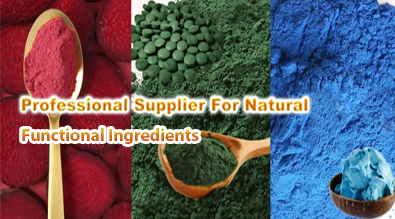
Who we are
